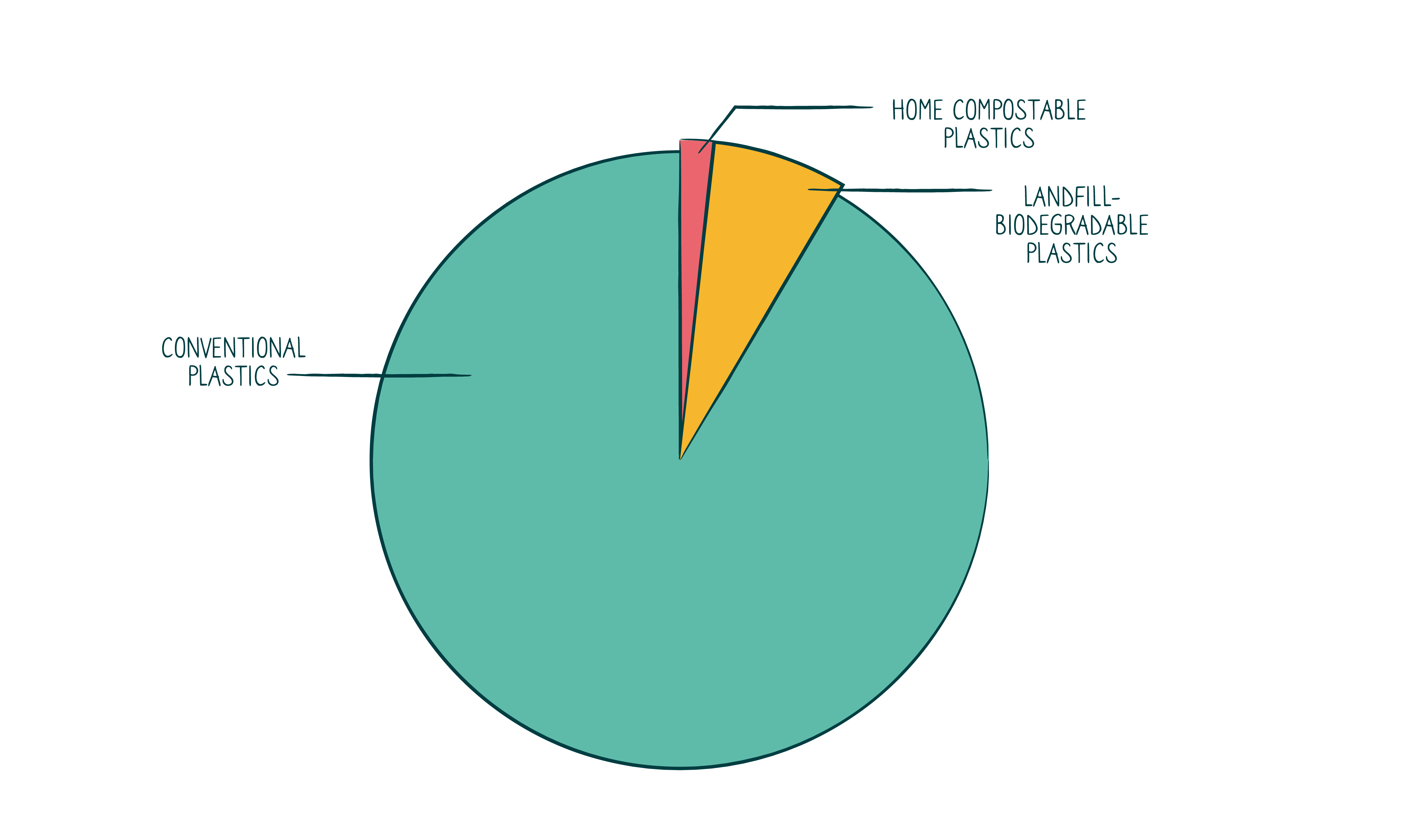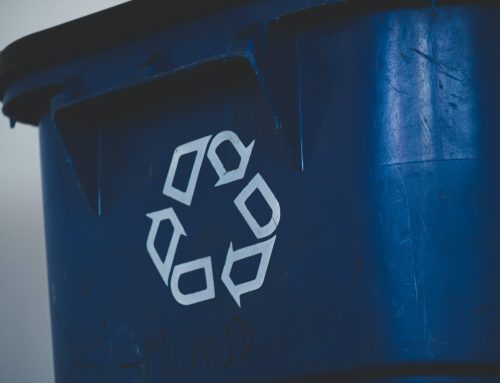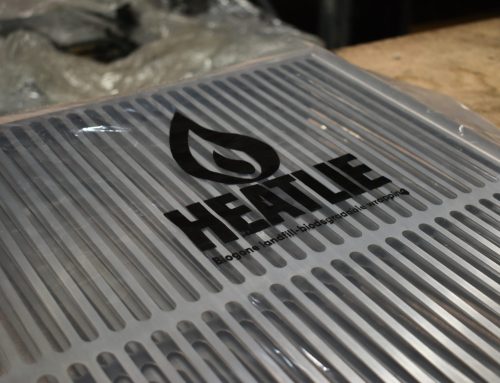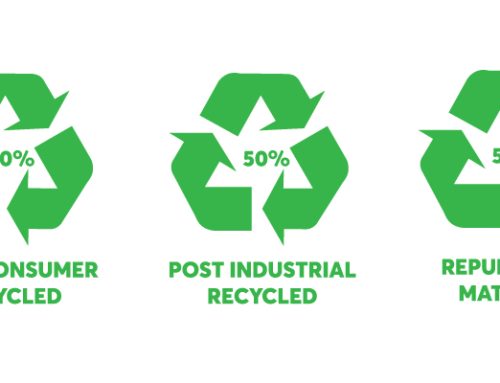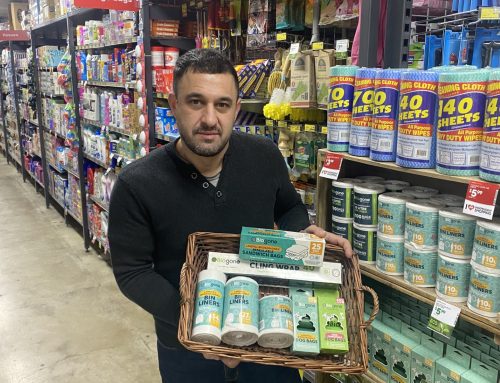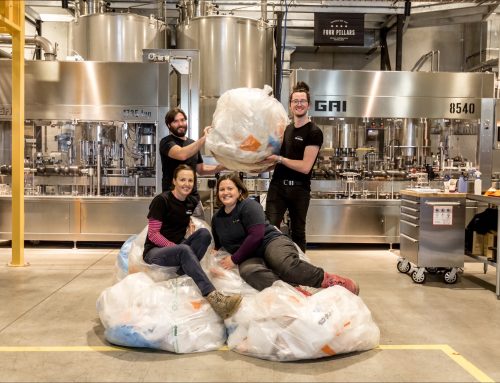With the growing demand for sustainable products, plastic alternatives, and solutions on better waste management, a new proposed ‘circular economy’ could be the answer to achieving a healthier, safer, and more sustainable way of life.
But although its benefits sound promising, there are unfortunately many barriers and challenges blocking the way towards achieving a circular economy – especially with traditional plastic products that are harming our oceans, polluting our skies, and worsening the landfill waste we produce every day.
Find out below what challenges lay ahead before a circular economy, and more importantly, what we can do instead to minimise our plastic footprint as much as possible without sacrificing convenience and practicality.
But first, what is a circular plastics economy?
A circular plastics economy, or otherwise referred to as a closed-loop or new plastics economy, involves creating plastic products that can be reused or recycled, significantly reducing or eliminating the amount of waste produced.
Currently, many businesses and manufacturers around the world operate in what is known as a linear plastics economy or the ‘take-make-waste’ model. This is built on single-use disposal and consumer convenience, where plastics are used only once or very few times before being thrown away completely.
Looking at it from a big picture perspective, the circular plastics economy serves to be the end-goal to our world’s ever-increasing waste problem.
But why haven’t we incorporated a circular economy yet?
In short, a circular economy requires large-scale industrial change, as well as many other sweeping changes in consumer behaviour, values, etc. This makes it highly unlikely that a circular economy will be achieved at least for the next few decades to come.
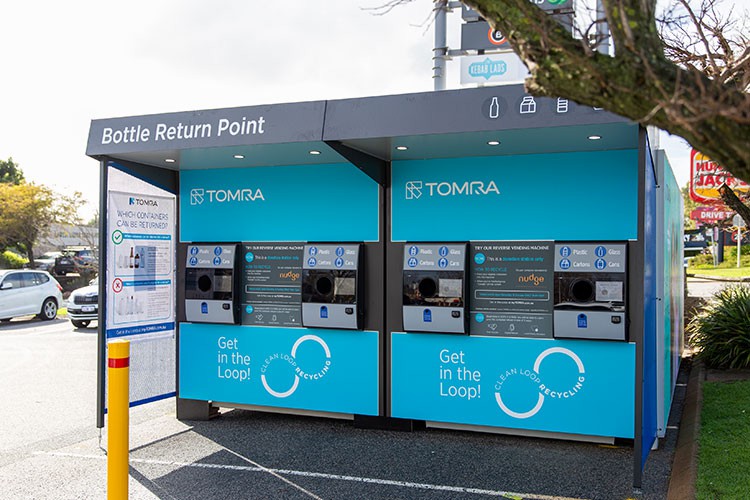
Image: Container Deposit Scheme, Tomra NSW
The barriers in achieving a circular economy for plastics
Unfortunately, the world we live in today is heavily reliant on single-use plastics and transitioning towards a circular economy may not be as achievable as many are hoping.
We unpack below some of the biggest barriers that may be blocking our way towards achieving a circular economy for plastics.
Global agreement is required across all governments & plastic manufacturers
For a closed-loop or new circular economy for plastics to be made possible, ideally all manufacturers and governments globally would need to come to an agreement on implementing a circular economy for plastics.
Why on a global scale?
As an example, even if the Australian government bans the production of single use plastics (as well as imports of certain single use plastic products), the reality is that so much of our imports contain plastic and our economy wouldn’t be in a position to ban all plastic products entirely.
This could eventually lead to a situation where although Australia is not manufacturing or producing single-plastics, we may very likely still have our water systems and landfills polluted with plastic waste imported from overseas.
Thus, continuing the linear ‘take-make-waste’ model.
Lack of consumer awareness on waste management
Another key issue is that many consumers don’t know how to manage plastic waste properly or are unwilling to do so due to inconvenience. Often, plastics – even recyclable plastics – end up in rubbish bins and landfills.
This means that in order for a circular plastics economy to be successful, consumers not only need to be educated on how to properly manage plastic packaging waste but it needs to be easy and convenient for the consumer to do so.
Most plastics can’t be recycled or reused due to impurities
One of the key aims of closed-loop or the new circular plastics economy is to eliminate as much waste as possible by reusing or recycling whenever you can.
However, only a small marginal percentage of recycled plastics are actually recycled or repurposed into other products. In Australia, there are certain types of plastics that cannot be handled for recycling – e.g. based on info from the Yarra City Council, PET plastics are easily recyclable whereas PVC plastics are quite difficult to recycle and often contain harmful chemicals.
Coloured plastics are also more difficult to recycle – especially plastics with darker colours. Clear plastics are always the preferred choice for recycling.
And lastly, most plastics contain impurities such as food residue, labeling, and other materials – making them unsuitable for proper recycling.
To address these issues, changes would be required on three levels:
- Governments locally and nationally need to legislate industry including manufacturers
- Industry including manufacturers need to complying with legislation and creating plastic products taking into consideration the most convenient and easiest ways for consumers to dispose of them properly
- And consumers need to be informed and educated about how to properly dispose of recyclable plastics.
Difficulties in incorporating new technology
Lastly, a circular economy will require sweeping changes within the manufacturing industry, with new machinery, technology, and even different types of skilled workers.
The time it will take for these new technologies to be developed, approved, and integrated into manufacturing facilities across the world will undoubtedly take years.
Incorporating a circular economy in today’s world involves cooperation between governments, manufacturing companies, and other parties on an extremely high transnational scale.
Biogone plugs the ‘gap’
Ideally, a closed-loop or new plastics economy would be the best step towards a healthier and more sustainable world.
But due to the challenges and requirements involving effort on a global scale, achieving a circular plastics economy is something that we may not see come into fruition for many years to come.
By recognising these challenges and limitations, Biogone offers the logical solution with innovative plastic technology – landfill-biodegradable and home compostable everyday plastic products.
Landfill-biodegradable products decompose under typical landfill environmental conditions, approximately 20 times faster than conventional plastics, and our home compostable range can be disposed of in a home or commercial compost, and will biodegrade in landfill. Some of our landfill-biodegradable products are made from 50-100% recycled materials and our home compostable products are made with plant based materials. They can be reused, most can be recycled, and it all biodegrades into organic matter producing a natural fertiliser (and no microplastics).
Image: Landfill-Biodegradation Times
In addition; when these plastics end up in some Australian landfills, they generate emissions, called landfill gas. This is utilised in a plant to generate renewable electricity that offsets fossil fuelled electricity generation, which plays into the circular economy concept – our waste powering up the future.
As the industry evolves and moves towards a more circular approach to single plastic waste, Biogone, will adapt with new technology to continue to provide sustainable and innovative solutions. We’ve proudly supplied our range of landfill-biodegradable and home compostable plastic products to a range of businesses in Australia – from restaurants, cafes, hotels, to even public parks, councils and beyond, and will continue to as the circular economy matures.
Browse our landfill-biodegradable and home compostable range from food packaging, bubble wrap, tape, and more at our online store. Or, for discounts on larger bulk orders, simply get in touch for a more accurate quote and further details.


